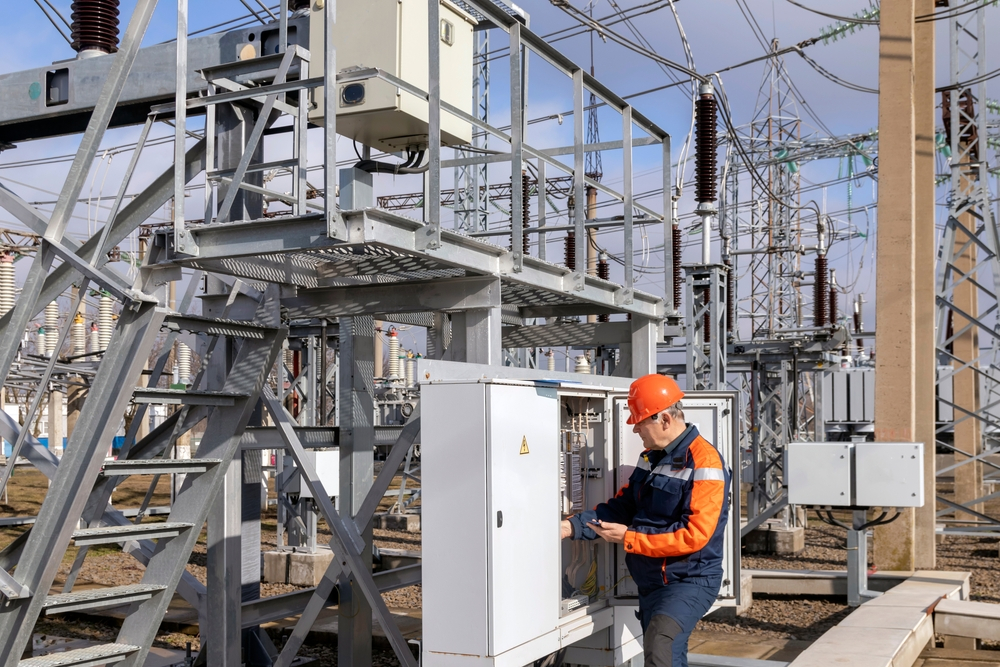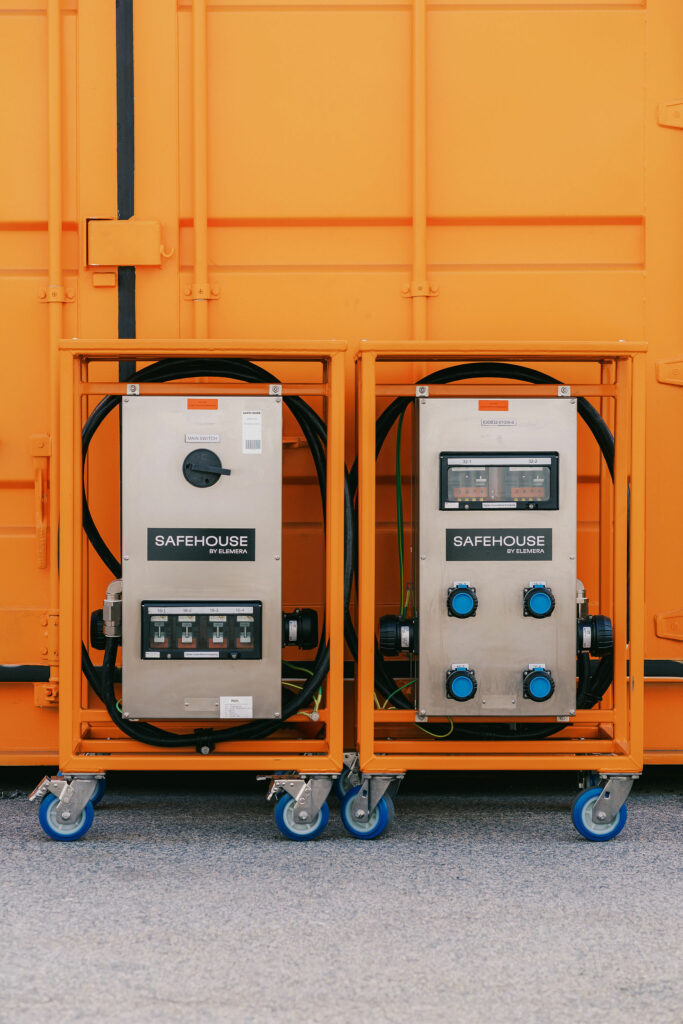Not known Details About Roar Solutions
Not known Details About Roar Solutions
Blog Article
Roar Solutions Fundamentals Explained
Table of Contents5 Simple Techniques For Roar SolutionsThe Definitive Guide for Roar SolutionsThe smart Trick of Roar Solutions That Nobody is Talking About
In such an ambience a fire or surge is possible when 3 fundamental conditions are met. This is typically referred to as the "unsafe area" or "burning" triangle. In order to protect setups from a prospective surge a method of evaluating and classifying a possibly hazardous location is needed. The objective of this is to make certain the appropriate choice and setup of equipment to ultimately avoid a surge and to make certain safety and security of life.
(https://www.cybo.com/AU-biz/roar-solutions)
No tools needs to be mounted where the surface area temperature level of the tools is higher than the ignition temperature level of the given risk. Below are some common dust unsafe and their minimum ignition temperature. Coal Dirt 380C 225C Polythene 420C (thaws) Methyl Cellulose 420C 320C Starch 460C 435C Flour 490C 340C Sugar 490C 460C Grain Dust 510C 300C Phenolic Resin 530C > 450C Aluminium 590C > 450C PVC 700C > 450C Soot 810C 570C The possibility of the threat existing in a concentration high sufficient to cause an ignition will vary from place to location.
Hazardous location electrical devices perhaps developed for use in greater ambient temperature levels. Field Repair Work By Authorised Worker: Complex testing may not be required nonetheless certain treatments might require to be complied with in order for the equipment to keep its third event score. Each item of devices with a dangerous ranking must be assessed individually.
All About Roar Solutions
The devices register is an extensive data source of equipment documents that consists of a minimum set of fields to determine each thing's location, technical specifications, Ex-spouse classification, age, and environmental information. This information is crucial for tracking and taking care of the equipment successfully within unsafe areas. On the other hand, for periodic or RBI sampling assessments, the quality will certainly be a combination of In-depth and Close inspections. The ratio of In-depth to Shut assessments will certainly be figured out by the Tools Risk, which is evaluated based upon ignition danger (the chance of a source of ignition versus the likelihood of a flammable atmosphere )and the dangerous area category
( Area 0, 1, or 2). This variant will certainly likewise influence the resourcing requirements for job preparation. As soon as Whole lots are specified, you can establish tasting strategies based upon the sample size of each Lot, which refers to the number of arbitrary equipment items to be inspected. To establish the required example size, 2 facets need to be assessed: the dimension of the Whole lot and the classification of assessment, which shows the level of initiative that ought to be used( reduced, typical, or increased )to the examination of the Lot. By integrating the category of inspection with the Great deal size, you can after that establish the appropriate denial requirements for a sample, meaning the allowed variety of faulty things discovered within that example. For more information on this procedure, please describe the Energy Institute Guidelines. The IEC 60079 common advises that the maximum period in between assessments should not surpass 3 years. EEHA assessments will certainly additionally be carried out beyond RBI projects as part of scheduled upkeep and tools overhauls or repairs. These assessments can be attributed towards the RBI sample sizes within the impacted Great deals. EEHA examinations are conducted to determine mistakes in electric tools. A heavy scoring system is necessary, as a solitary tool might have multiple faults, each with differing levels of ignition risk. If the combined score of both assessments is much less than two times the mistake score, the Great deal is considered acceptable. If the Lot is still thought about undesirable, it must go through a complete inspection or justification, which may cause more stringent inspection procedures. Accepted Whole lot: The root causes of any kind of faults are determined. If a common failure setting is discovered, additional devices might require inspection and repair work. Faults are classified by severity( Safety, Honesty, Home cleaning ), ensuring that urgent problems are evaluated and resolved without delay to alleviate any kind of influence on safety or operations. The EEHA database need to track and tape-record the lifecycle of mistakes in addition to the restorative actions taken. Carrying out a durable Risk-Based Assessment( RBI )technique is critical for making sure compliance and safety and security in handling Electric Devices in Hazardous Locations( EEHA) (hazardous area course). Automated Mistake Rating and Lifecycle Management: Easily handle mistakes and track their lifecycle to improve evaluation accuracy. The intro of this assistance for risk-based assessment even more reinforces Inspectivity's placement as a best-in-class remedy for governing conformity, as well as for any kind of asset-centric inspection usage instance. If you want discovering much more, we welcome you to ask for a demonstration and find exactly how our remedy can change your EEHA administration procedures.
The Single Strategy To Use For Roar Solutions

In regards to explosive risk, a hazardous location is a setting in which an eruptive atmosphere exists (or might be expected to be existing) in quantities that call for special preventative measures for the building and construction, setup and use devices. Roar Solutions. In this write-up we discover the challenges encountered in the workplace, the danger control measures, and the needed expertises to work safely
It issues of contemporary life that we produce, save or deal with an array of gases or liquids that are deemed combustible, and a series of dusts that are considered combustible. These you could try this out compounds can, in specific problems, create explosive environments and these can have significant and tragic repercussions. Many of us are familiar with the fire triangle eliminate any kind of one of the three elements and the fire can not happen, however what does this mean in the context of unsafe locations? When damaging this down right into its simplest terms it is essentially: a combination of a certain quantity of launch or leakage of a particular compound or material, mixing with ambient oxygen, and the existence of a resource of ignition.
In most instances, we can do little about the degrees of oxygen airborne, yet we can have considerable impact on resources of ignition, for example electrical equipment. Hazardous locations are recorded on the harmful location category drawing and are determined on-site by the triangular "EX LOVER" indication. Right here, among various other essential details, zones are divided right into three kinds relying on the danger, the possibility and duration that an eruptive environment will exist; Area 0 or 20 is deemed one of the most harmful and Zone 2 or 22 is regarded the least.
Report this page